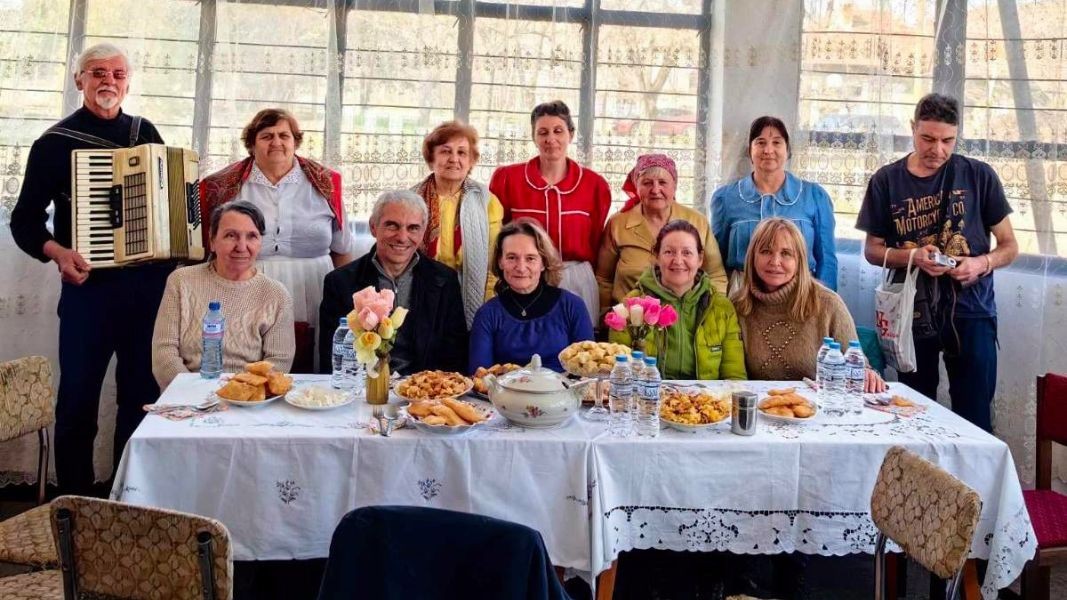
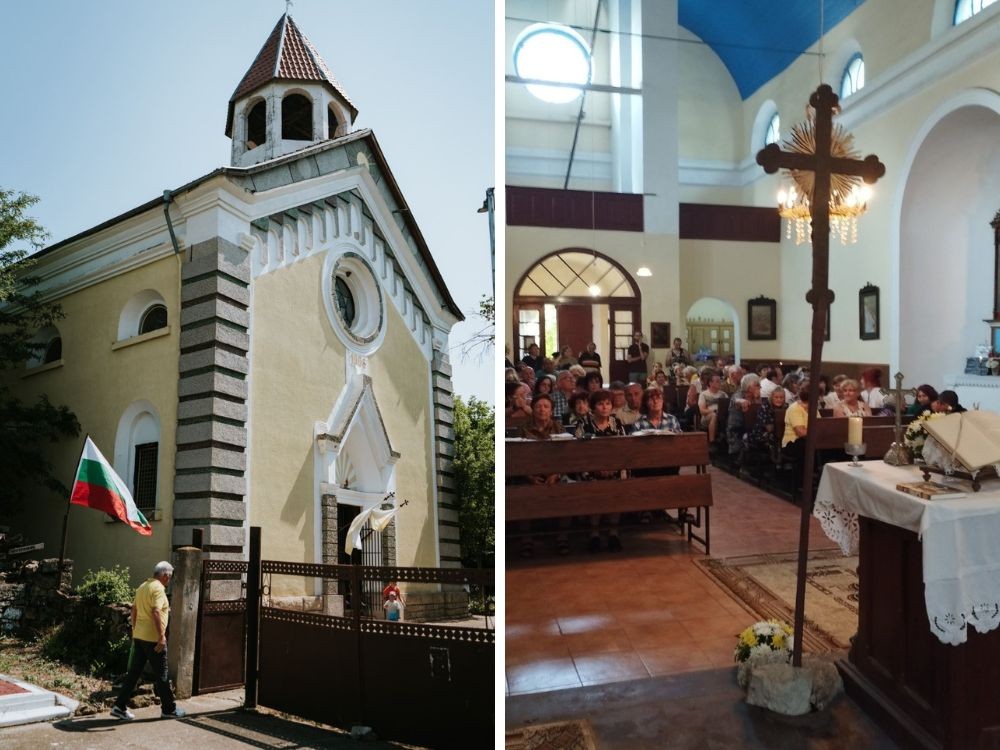
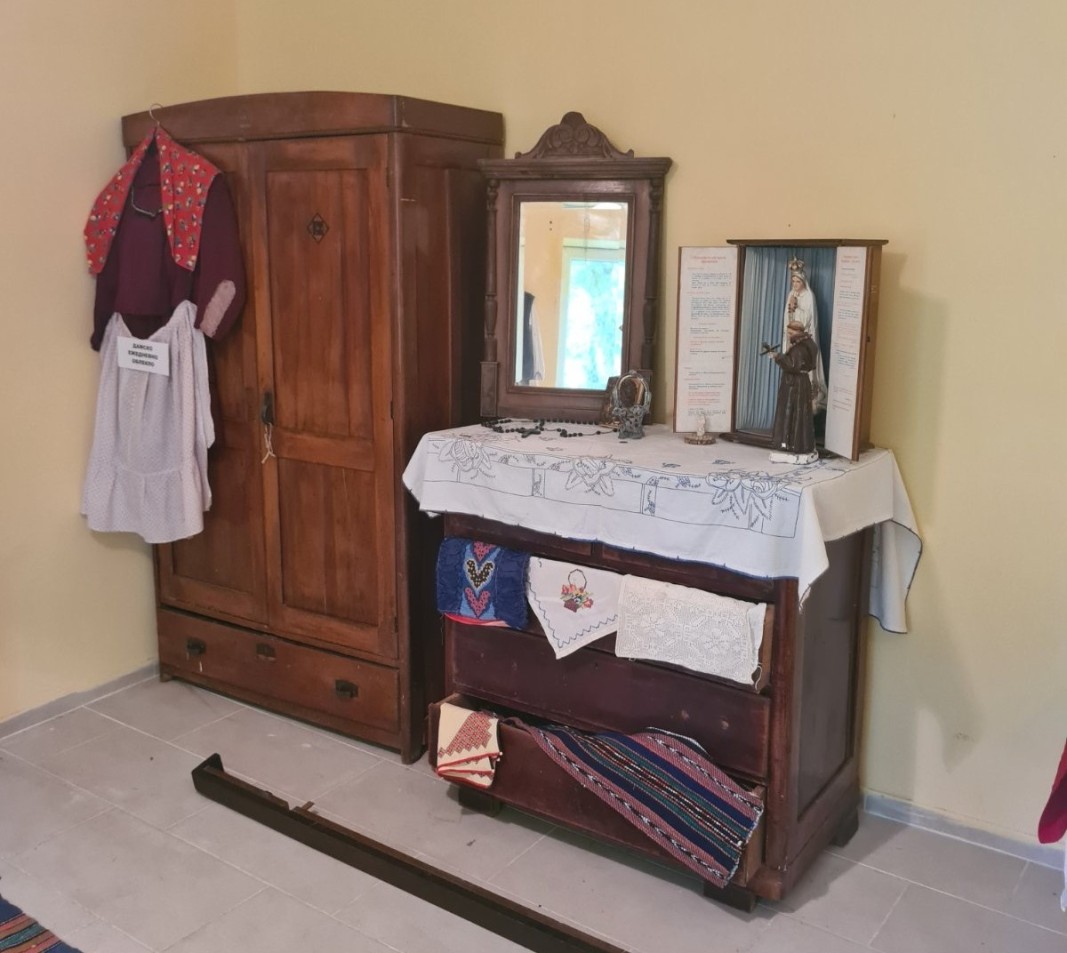
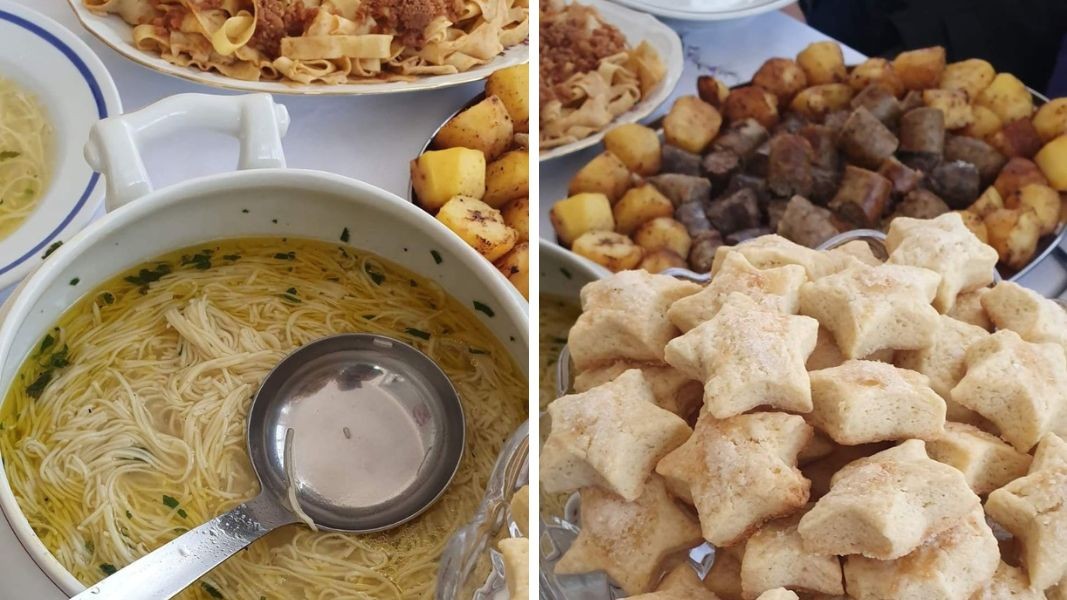
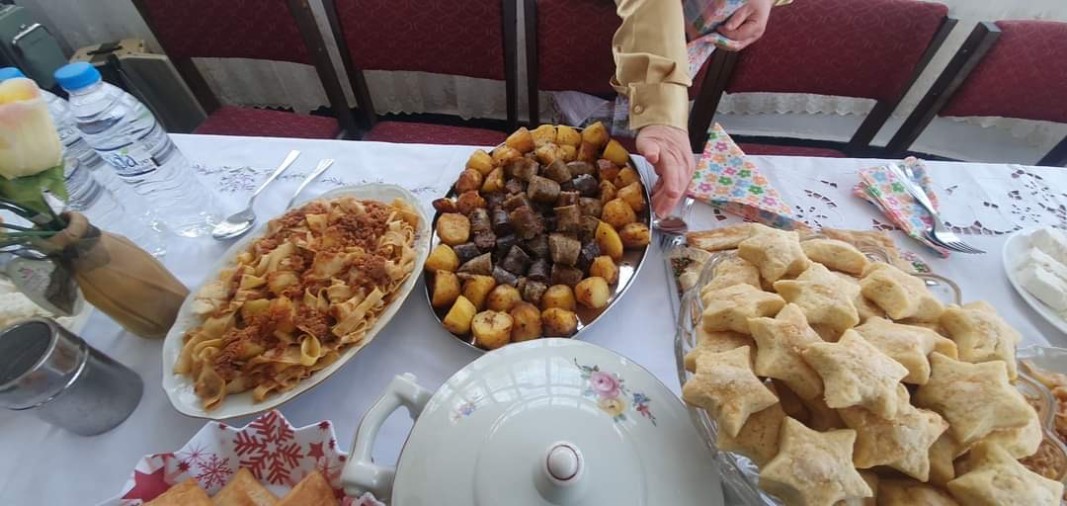
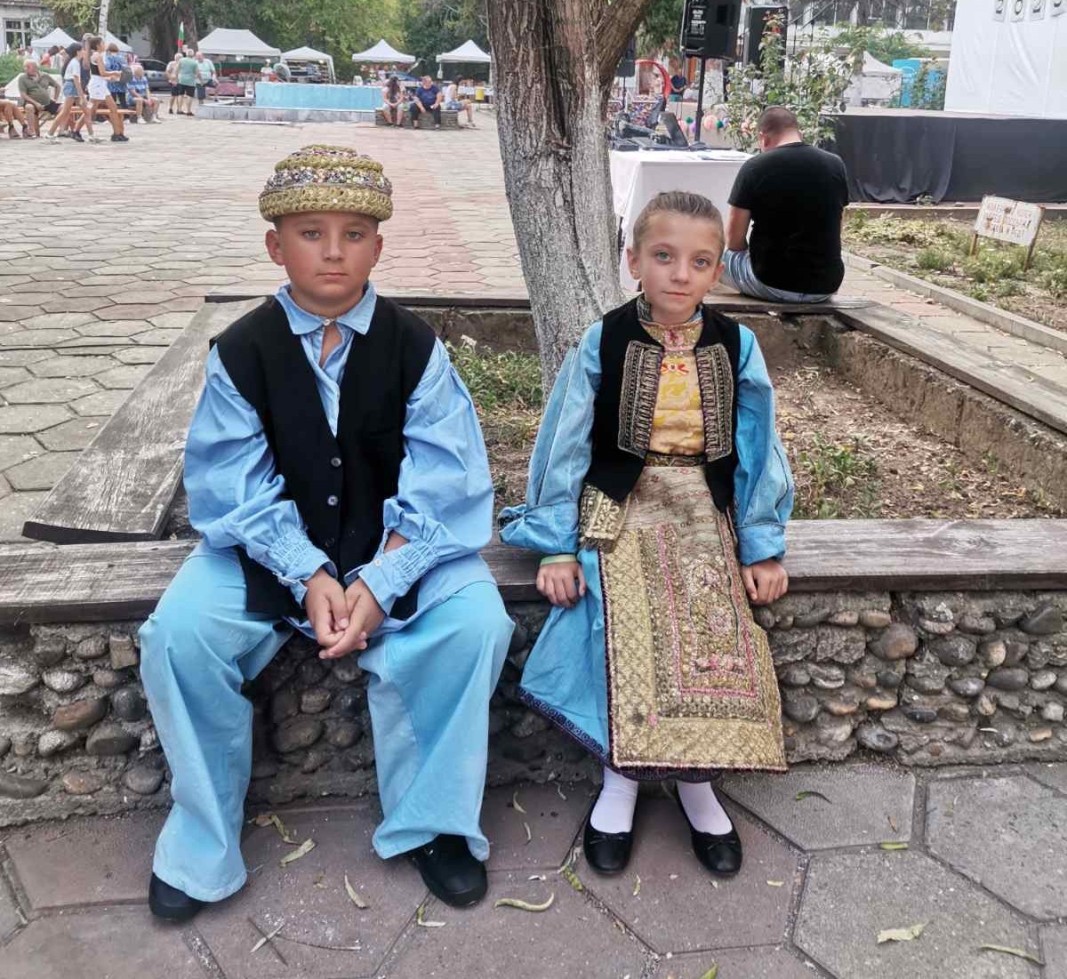
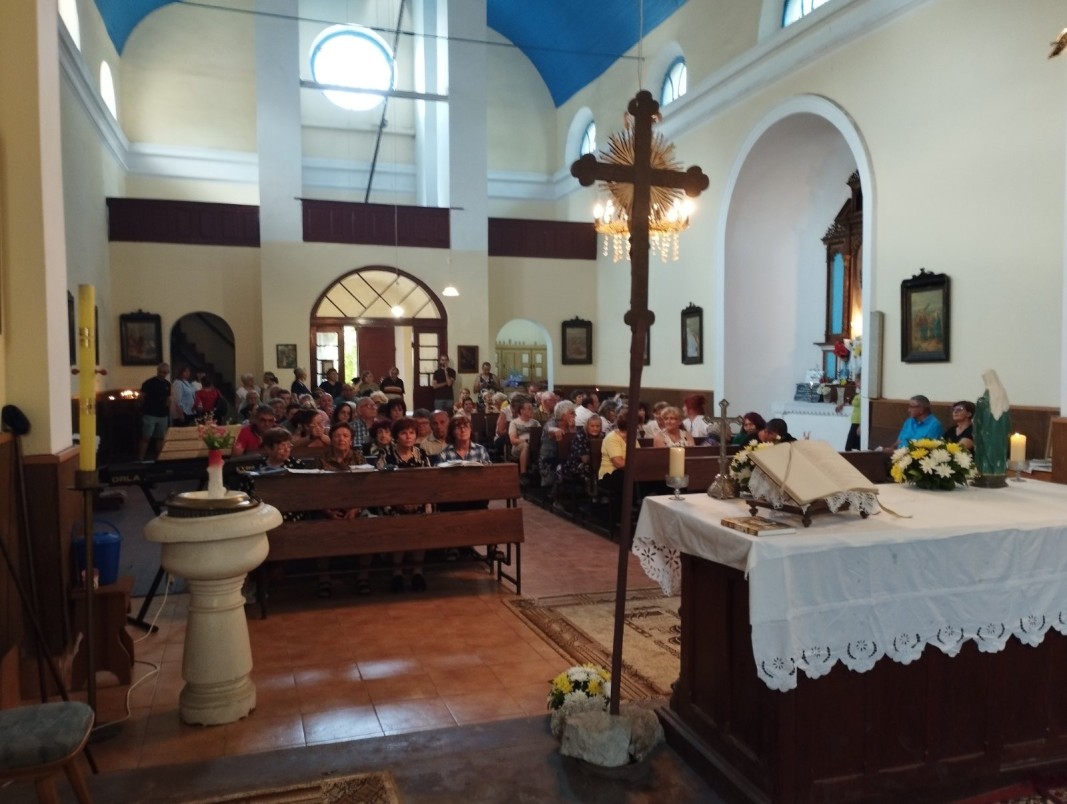
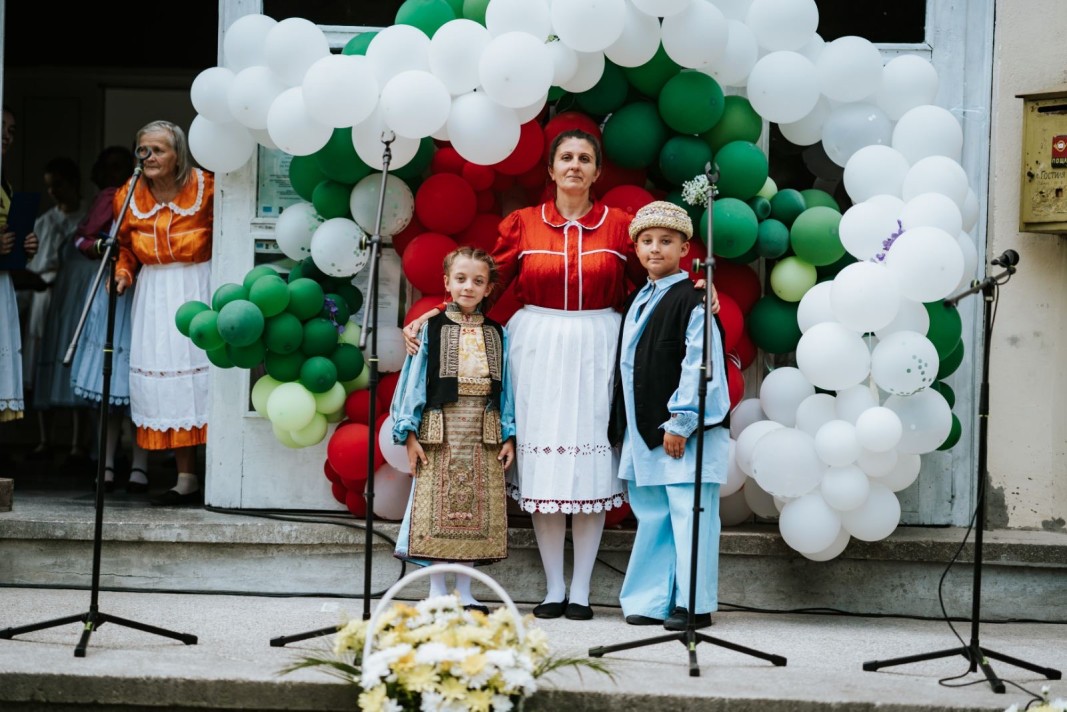
Bulgaria's Minister of Tourism Miroslav Borshosh presented to BTA the start of the national campaign "Wine leads the way". It will promote wine tourism in Bulgaria. The initiative starts before the ninth edition of the Global Conference on Wine..
Hisarya has become the first Bulgarian town to join the European Association of Historic Thermal Towns (EHTTA) , BTA reported. The mayor of the municipality, Iva Valcheva, announced the news before the 12th annual congress of the Bulgarian Union of..
A meeting was held between the Ministers of Tourism of Bulgaria and Montenegro, Miroslav Borshosh and Simonida Kordic, within the framework of the official visit of a Bulgarian government delegation to Montenegro. Among the main topics was the..

+359 2 9336 661
